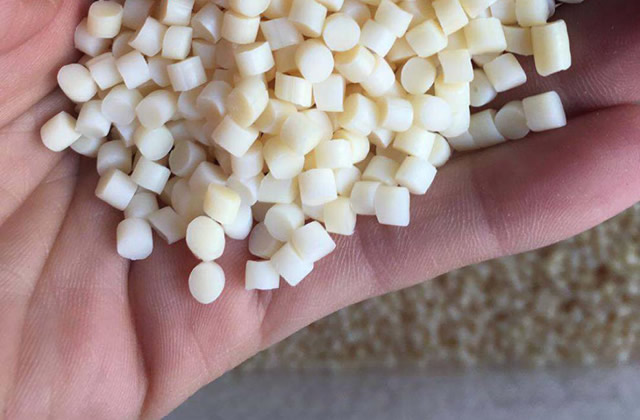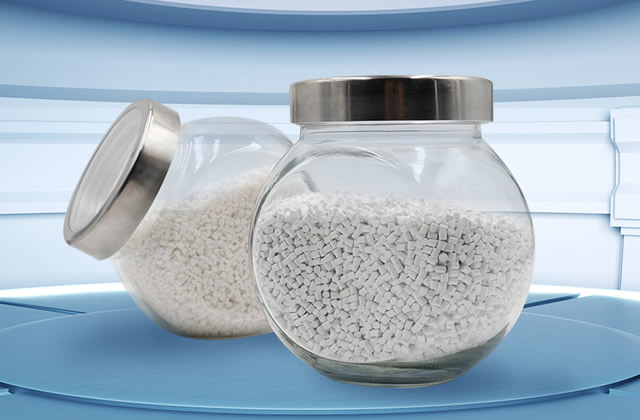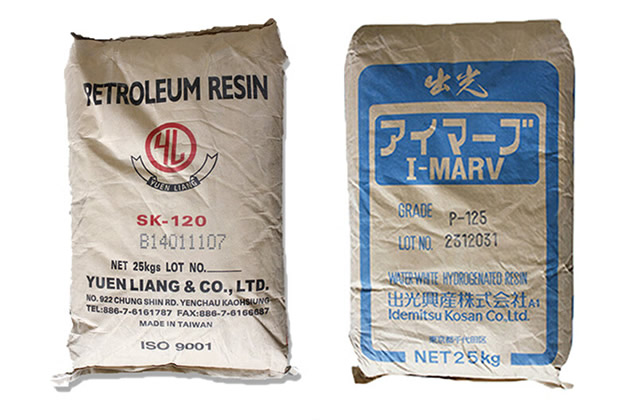1. What is aluminum hydroxide
Aluminum hydroxide, chemical formula Al (OH) 3, is the hydrogen of aluminum Oxide. Aluminum hydroxide can react with acids to form salt and water and can react with strong bases to form salt and water, so it is also an amphoteric hydroxide. Because it shows a certain acidity, it can also be called aluminic acid (H3AlO3). However, what is actually produced when reacting with a base is tetrahydroxyaluminate ([Al(OH)4]-).
Aluminum hydroxide is an amphoteric hydroxide. Because it has two ionized forms, it is a weak acid, which can have the acid chemical formula H3AlO3, and it is a weak base, which can have the basic chemical formula Al(OH)3. Aluminum hydroxide is amphoteric and can react with both acids and bases. The acidity of aluminum hydroxide lies in the fact that it is a Lewis acid that can add OH-, thus showing alkalinity.

2. Introduction to the reaction equations of aluminum hydroxide and sodium hydroxide
The reaction between aluminum hydroxide and sodium hydroxide is NaOH+Al(OH)3=NaAlO2+H2O.
Specific reaction: Al(OH)3=H3AlO3; H3AlO3=HAlO2+H2O; NaOH+HAlO2=NaAlO2+H2O. Aluminum hydroxide is acidic here, so it is an acid-base neutralization reaction. Aluminum hydroxide has two sides, that is, it is acidic and alkaline. Sodium hydroxide and aluminum hydroxide react to form sodium tetrahydroxyaluminate and water.
Among them, Al(OH)3 is aluminum hydroxide, NaOH is sodium hydroxide, NaAlO2 is sodium aluminum hydroxide, H2O is water.
In this reaction, aluminum hydroxide and sodium hydroxide react chemically to form sodium aluminum hydroxide and water.
Please note that the equations provided here are theoretical reaction equations and actual reactions may vary.
If the website content violates your rights, please contact us to delete it。








